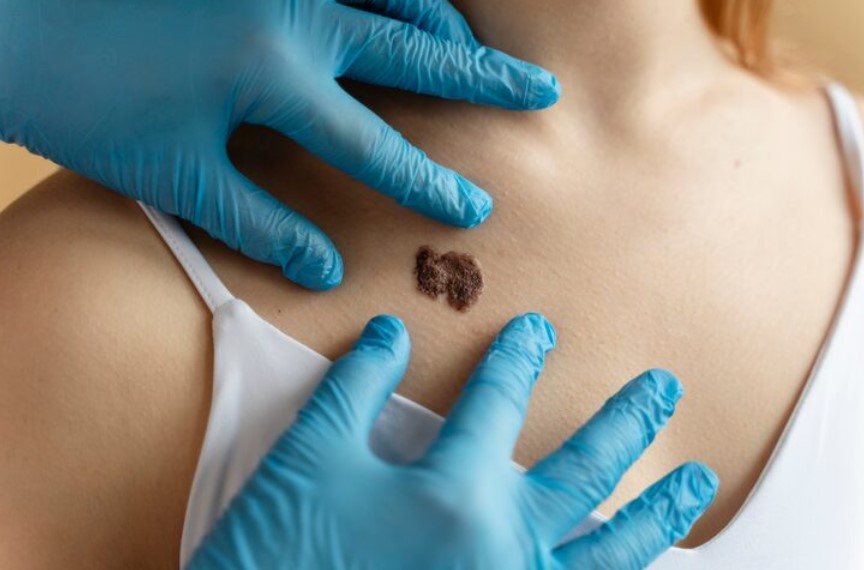30
Aug 2019
The life-saving piece of technology you never noticed is in every hospital.
Published in General on August 30, 2019
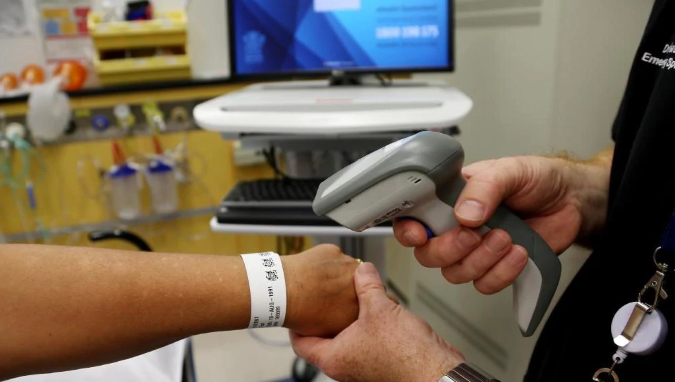
When you hear the phrase “Life Saving Technology” it most likely inspires thoughts of complex machinery and highly scientific testing or treatment. But one of the most overlooked, yet necessary pieces of technology you can find in a hospital is a relatively simple one.
The first thing any hospital does when a patient checks in is usually to enter their information and print out an identification bracelet. This signifies you are being treated and verifies who you are to all hospital staff. This bracelet becomes a crucial way to keep track of patients and their tests and treatments throughout the hospital.
The Royal Melbourne Hospital is encouraging the patients to wear their identification bracelet so they can be easily identified and ensure that they will receive the right treatment and care.
With the inclusion of a bar code, a simple swipe of a handheld device can not only verify who you are but log your medications and tests as they happen. This provides a clear and concise way to keep track of individual patients in even the busiest of hospitals.
But if the identification bracelet is not printed correctly or isn't readable, then this entire system fails.
This means that along with the technology needed to test and treat, a quality printer is just as necessary for any hospital to have.
Otherwise, patients can get the wrong treatments administered or have the treatments too often as the hospital struggles to keep track of everything.
The printer also comes into play in other important parts of the hospital.
Collecting Specimens
If you have ever needed bloodwork or needed to have a specimen collected for further testing, you will have most likely seen a label printed to the outside of the container. This is used in a similar way as the identification bracelet. It features identifying information like the patient name, but can also include bar codes to link it directly to your file and track its location.
Whether the label needs to be filled in or has the bar code and information already on it, the required areas need to be properly printed to make sure no information is missing.
The labels need to be printed in a way that allows for a strong adhesive attachment onto the container to keep it in place and secure as it travels from patient to lab for testing.
Without this, the labels can peel and even fall off on the way to the lab. This can create confusion with the samples and can waste crucial time in getting test results for patients. It can also mean mixing up samples or having to redo the samples to get accurate results.
The hospital must have a printer that can not only turn out a massive quantity of labels but quality labels that can withstand being handled and transported from place to place. A hospital without labels for samples and specimens cannot accurately take them in and transport them for testing.
Mix-ups are too common and they can end up with inaccurate and even costly results.
Securing Specimens Collected
The specimen label isn’t just used to identify the patient it is linked to. When a label is applied to a specimen it also tends to cover part of the opening on the container. This provides the hospital with a way to prevent tampering and guarantee that the sample has not been exposed to anything that could contaminate it.
Labels prove that it is a fresh and accurate sample that could not have been altered in any way since the specimen was originally collected. That allows the labs to guarantee the most accurate results from those samples.
High-Grade Labeling
The labels used in hospitals are not just for the patients and their samples. There are also labels on many other things in the hospital that are critical to keeping things running smoothly.
From labeling where the blankets are to separating medications by names and doses, the more details the labels provide means the more efficient the hospital can operate.
These medical labels need to be durable and not subject to peeling, fading or smudging. Even the tiniest imperfection in the label can cause a massive mistake in a place a busy and chaotic as a hospital. While a printer in a home or office may not need to be the best quality to do the job, a hospital relies so heavily on printers that it is crucial that you have the right one.
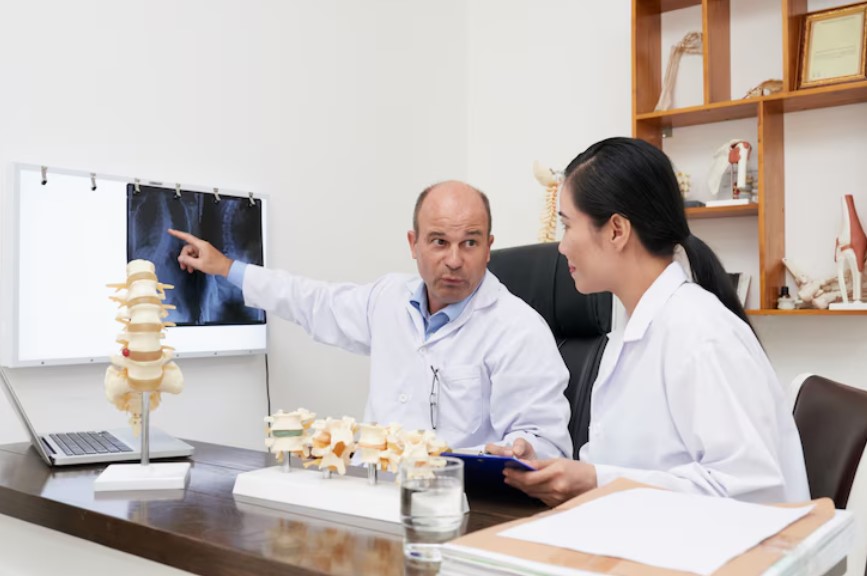
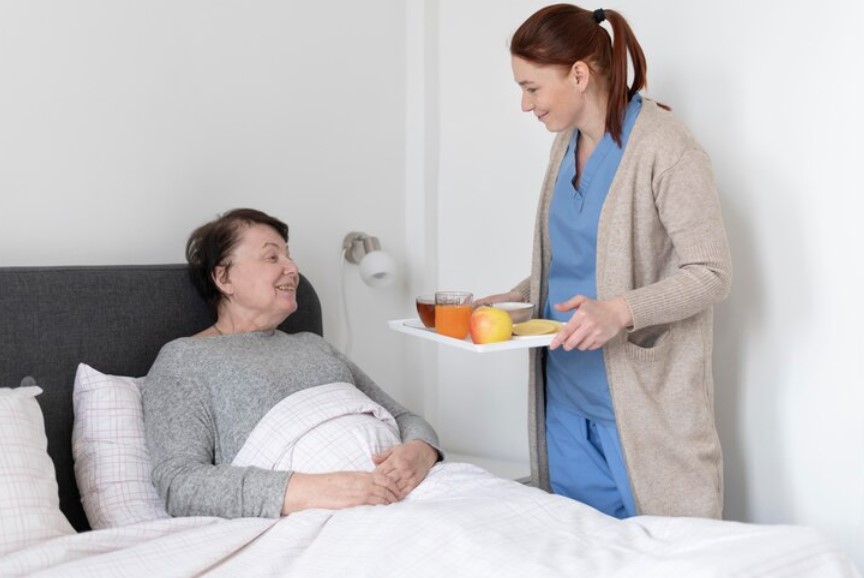
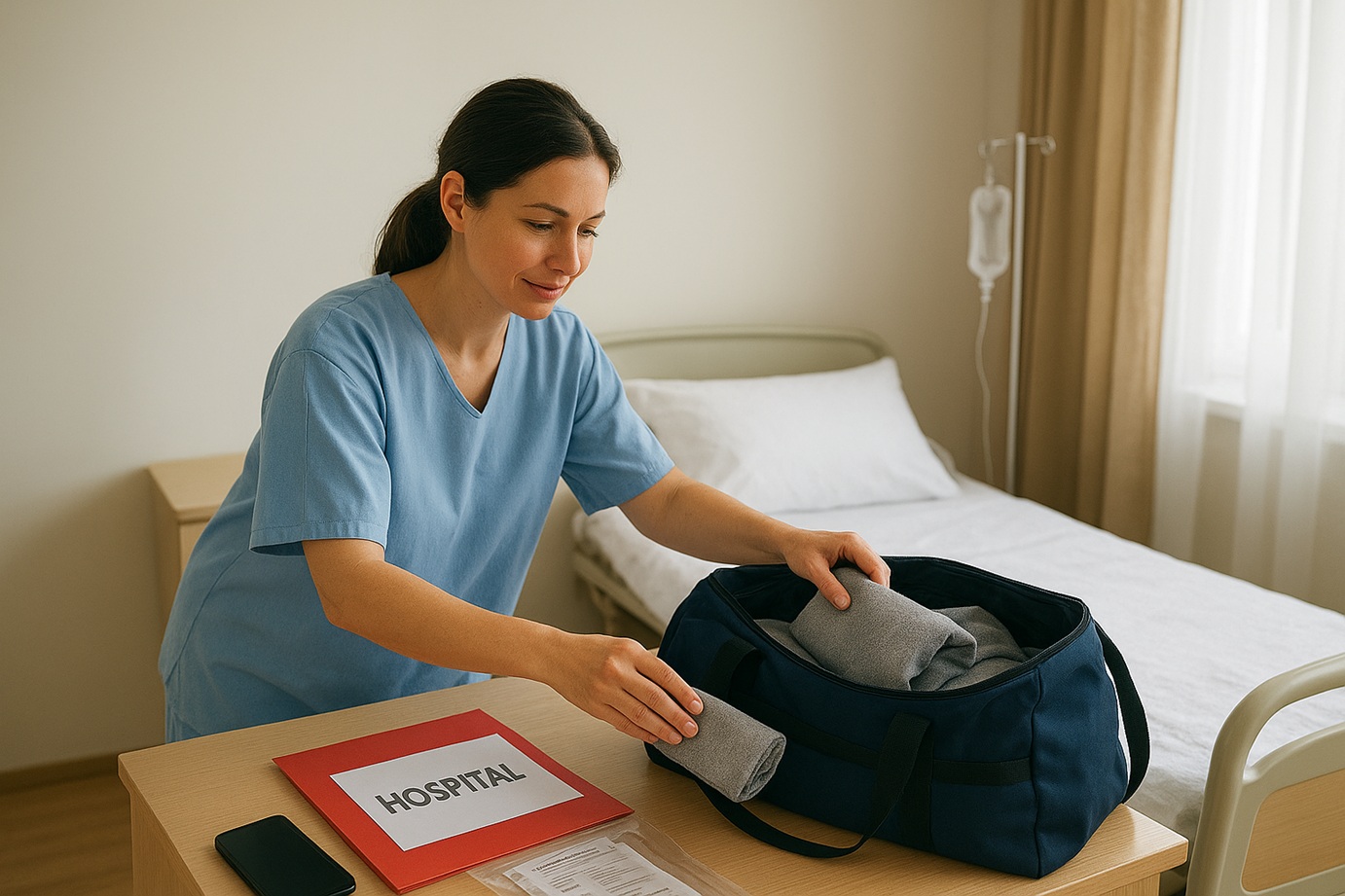
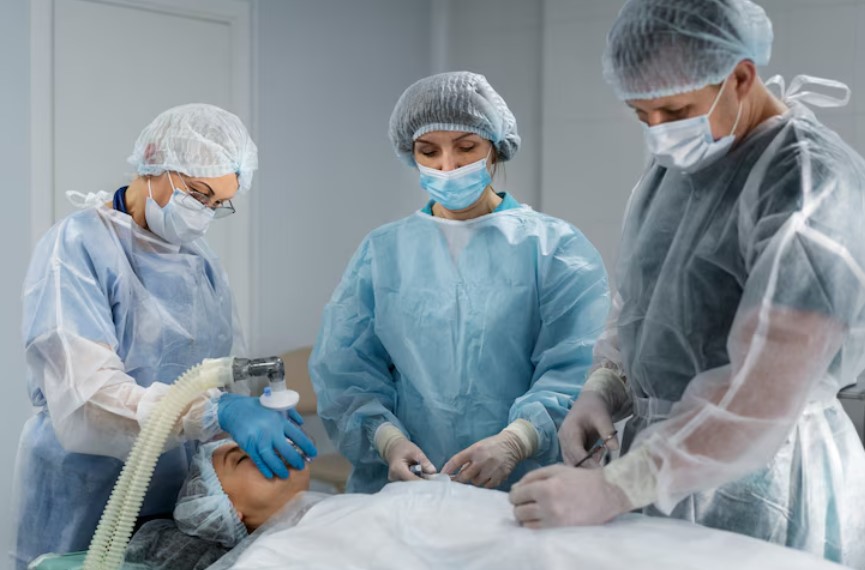

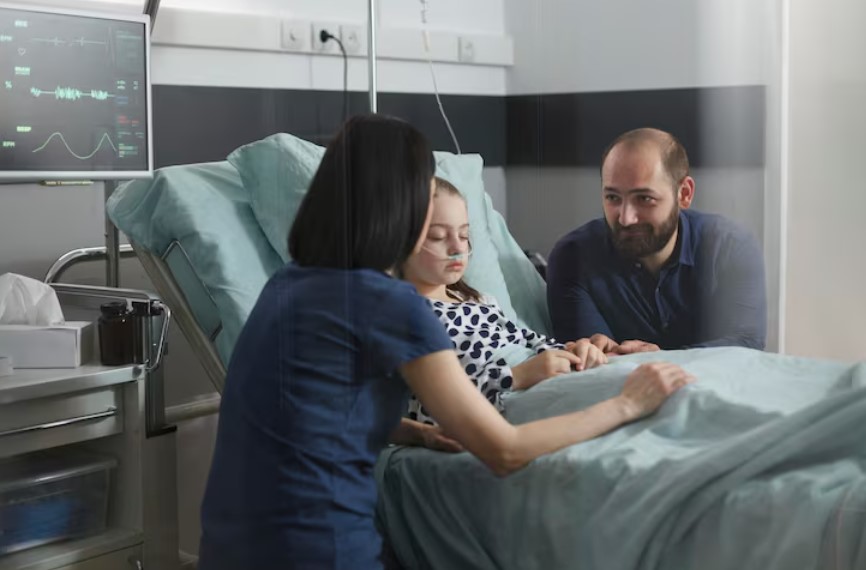

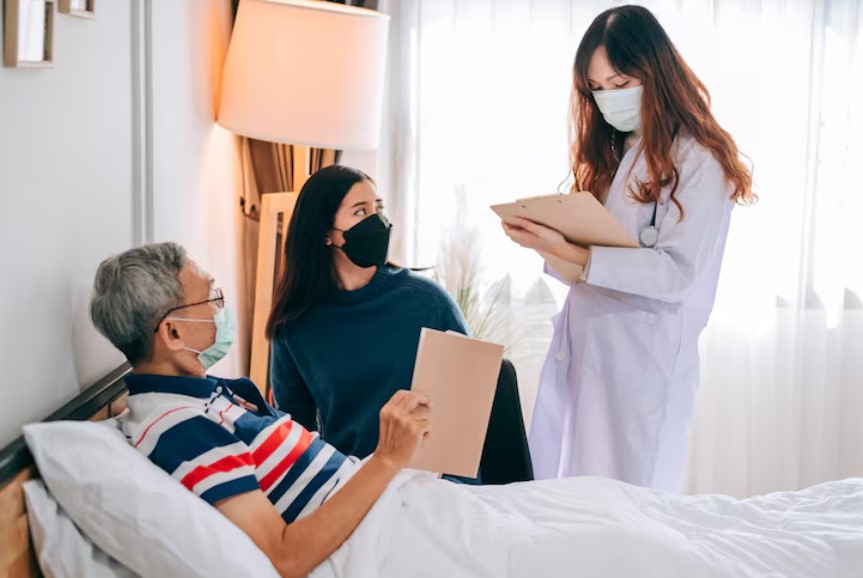
![“Surprise Noises Can Feel Like Pain”: New Airport Rule Eases Travel for Autistic Passengers Emma Beardsley once dreaded going through airport security. “I used to panic every time they made me take my headphones off at security,” she recalls. “The noise and the unpredictability can be overwhelming.” Now, thanks to a new policy allowing noise-cancelling headphones to remain on during security checks, Beardsley says she can “travel more confidently and safely.”
In Australia, one in four people lives with a disability, yet the travel system has often failed to accommodate varied needs. Autism-inclusion advocates at Aspect Autism Friendly have welcomed the government’s updated guidelines that let autistic travellers keep their noise-reducing headphones on during screening, calling it a “major step” toward more accessible air travel.
Dr Tom Tutton, head of Aspect Autism Friendly, emphasises the significance of travel in people’s lives: it connects them with family, supports work and learning, and offers new experiences. But he notes the typical airport environment can be especially intense for autistic travellers:
“Airports are busy, noisy, random and quite confusing places … you’ve got renovations, food courts, blenders, coffee grinders, trolleys clattering … and constant security announcements. It’s really, really overwhelming.”
“What might be an irritation for me is something that would absolutely destroy my colleague [who has autism]. Surprise noises of a certain tone or volume can genuinely be experienced as painful.”
Under the new policy — now published on the Australian Government’s Department of Home Affairs website — passengers who rely on noise-cancelling headphones as a disability support may request to wear them through body scanners. The headphones may undergo secondary inspection instead of being forcibly removed.
Dr Tutton describes this adjustment as small in procedure but huge in impact: it removes a key point of sensory distress at a critical moment in the journey. Aspect Autism Friendly is collaborating with airports to ensure that all security staff are informed of the change.
For many autistic travellers, headphones aren’t just optional — they are essential to navigating loud, unpredictable environments. Until now, being required to remove them during security has caused distress or even deterred travel.
Aspect Autism Friendly also works directly with airports, offering staff training, autism-friendly audits, visual stories, sensory maps, and other accommodations. Their prior collaborations include autism-friendly initiatives with Qantas. Dr Tutton notes:
“Airports have become this big focus for us of trying to make that little bit of travel easier and better.”
He advises people planning trips for travellers with disabilities to consult airport websites ahead of time. Some airports already offer quiet rooms or sensory zones — Adelaide, for instance, provides spaces where travellers can step away from the noise and regroup before boarding.
Beyond helping autistic individuals, Dr Tutton believes that more accessible airports benefit everyone. “These supports help lots of other people too,” he says. “When people are more patient, kind and supportive, the benefits flow to everyone. We all prefer environments that are well-structured, sensory-friendly, predictable and easy to navigate.”](https://c3eeedc15c0611d84c18-6d9497f165d09befa49b878e755ba3c4.ssl.cf4.rackcdn.com/photos/blogs/article-1061-1759742013.jpg)
